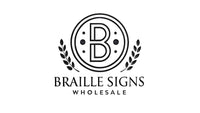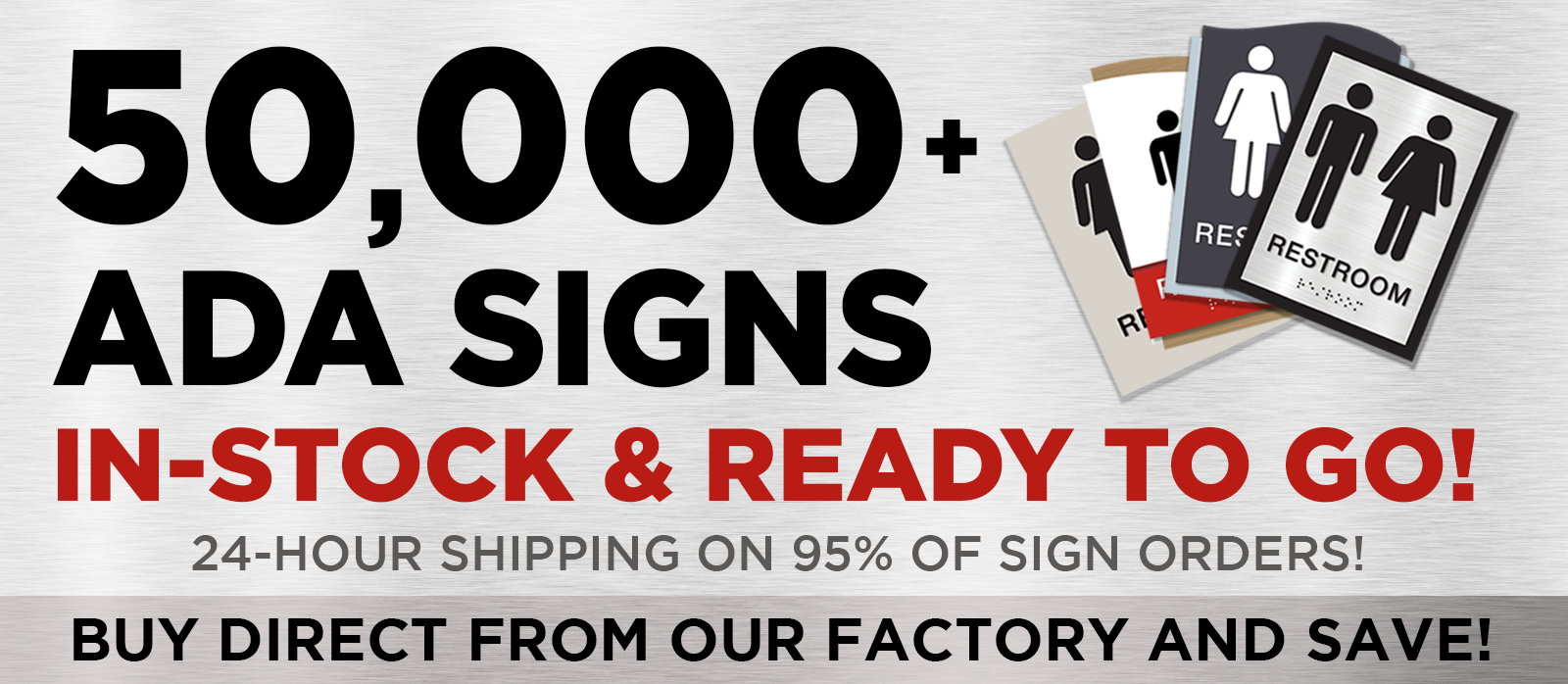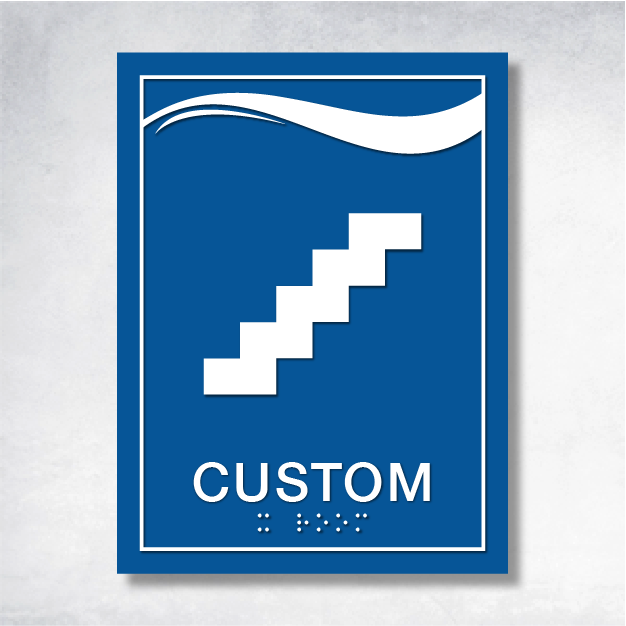Have you ever paused to consider the world of Braille signage and the misconceptions that surround it? Despite its vital role in enhancing accessibility, myths often obscure its true purpose and benefits. Let's embark on a journey to unravel these myths, shedding light on the undeniable importance of Braille signage in fostering inclusive environments.
Braille Signage: A Universal Tool for Vision Impairment
A common misconception is that Braille signage is only for those who are completely blind. In truth, Braille serves a diverse range of individuals with varying degrees of vision loss. For those with low vision, the tactile cues provided by Braille signage are invaluable, particularly in dimly lit or complex environments. Utilizing a braille translator ensures accurate translation and accessibility for all users, making Braille a universal tool for vision impairment.
Beyond the Dots: The Art of Compliant Braille
It's easy to assume that any raised dots qualify as Braille, but the reality is far more intricate. The Americans with Disabilities Act (ADA) outlines specific standards for Braille dot diameter, height, and spacing to guarantee effective communication. Compliance with these standards is essential for Braille signage to function effectively, transforming it into more than just a series of raised dots. Quality Braille signage must adhere to these guidelines to truly serve its purpose.
The Indispensable Role of Braille in Visual Landscapes
Some might argue that the presence of visual information negates the need for Braille signage. However, this overlooks the crucial role of tactile signage in facilitating independent navigation, especially during emergencies. Braille symbols are not just an option but a necessity for accessibility, with many regions legally mandating their inclusion in public spaces. This reinforces their essential role beyond mere visual cues.
Affordability Meets Functionality: The Modern Braille Signage
The notion that Braille signage is prohibitively expensive and impractical is outdated. Thanks to modern manufacturing techniques, Braille can now be seamlessly integrated into various materials without significant cost increases. By employing a braille translator, businesses can implement cost-effective solutions that enhance accessibility without stretching their budgets.
Holistic Accessibility: Beyond Braille Alone
Believing that Braille alone can meet all accessibility needs is a misconception. While Braille is a critical component, effective signage combines it with high-contrast colors, non-glare finishes, and pictograms. This comprehensive approach ensures that all individuals, regardless of their vision level, can navigate spaces independently. Testimonials and studies highlight Braille’s role in fostering independence and empowerment, underscoring the need for holistic accessibility solutions.
Design Meets Compliance: Crafting Accessible Braille Signage
When it comes to Braille signage, legal compliance is non-negotiable. Adhering to ADA and international standards is crucial for creating accessible environments. Moreover, empowering users through accessible signage fosters independence and inclusivity. Innovative solutions, such as aesthetically pleasing Braille signage, prove that functionality and design can coexist beautifully.
Embracing Braille Signage: A Step Towards Inclusivity
By dispelling these myths, we hope to foster a broader understanding of Braille signage's significance. Consider exploring Braille signage options for your spaces and ensure compliance with accessibility standards. Visit BrailleSignWholesale’s product pages to discover a range of customizable signage options that cater to diverse needs.
Delve Deeper: Resources for Braille Signage Enthusiasts
- 10 Commonly Held Misconceptions About Braille
- 4 Common Myths About Braille and Web Accessibility
- Top Misconceptions About Braille | Why Providing Braille is Essential
- A Guide to ADA Signage for Your Business
- Top Facts to Know About Braille Signage









